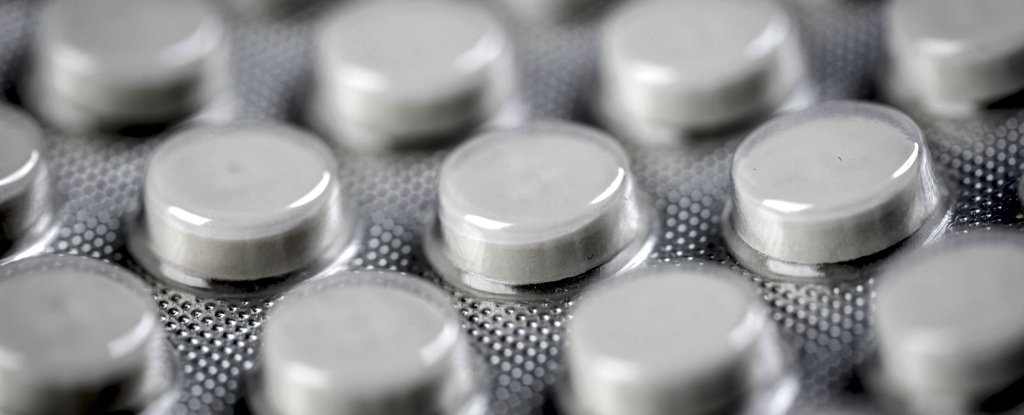A search for chemicals that could inadvertently activate parts of the brain responsible for reproductive functions has identified compounds many of us may encounter in our environment, highlighting a potential trigger for early puberty in women.
One is a musky scent, once commonly used in men’s fragrances, which was banned by the European Union, yet might still be found in products sold across much of the world, including the US.
Over the past century, the average ages of menarche – the commencement of menstruation – and breast development have trended downward. While there are clear racial and socioeconomic factors, the phenomenon is too global and too rapid to be wholly genetic, leaving scientists to question what novel environmental factors might cause such early changes.
While plenty of studies have hunted for candidates that could account for such precocious maturity, inconsistent results have made it hard to pin down any culprits. Many observational studies are also limited by their methods, only able to collect blood and urine samples during waking hours from volunteers.
Researchers from the US National Institutes of Health and North Western University chose to focus their search around a network of neurons in the hypothalamus known to play a critical role in managing the onset of puberty.
Gonadotropin-releasing hormone (GnRH) neurons stimulate the pituitary gland into secreting several chemical cues, which in turn tell the ovaries to make estrogen and the testes to pump out testosterone.
Though the mechanisms behind this process aren’t fully understood, a neuropeptide called kisspeptin is thought to be involved. What’s more, nerve cells that produce the neuropeptide have their own receptors that sensitize them to variations in stress and diet, making it a perfect place to start a search for other forms of interference.
Rather than search for signs of disruption in a sample of volunteers, the researchers used a culture of tissue grown in the lab to screen for the effects of various substances on the cells’ GnRH and kisspeptin activity.
The screening itself was substantial, sorting through some 10,000 different substances, outlined in an Environmental Protection Agency library. Then, additional evaluation tools whittled the list down to a few dozen compounds that interfered with one or both of the pathways.
A number of the substances tested were types of cholinergic agonist, a group of chemicals that mimic a transmitter common to a variety of neural pathways, responsible for memory, motivation, and arousal.
One compound in particular stood out – a candidate agonist for kisspeptin, called musk ambrette. Once commonly found in cosmetics and men’s fragrances, the sweet, slightly animal scent was banned by the European Union in the 1990s, following evidence of its neurotoxicity in rats, though it continues to be synthesized in India and China.
The substance is less common in commercial products today, thanks to recommendations by the International Fragrance Association. But being resistant to degradation, it continues to have an environmental presence that could pose a serious, ongoing concern, warn studies such as this new one.
Further testing of musk ambrette on human and mouse hypothalamic cells in cultures and on young live zebrafish further demonstrated the potential for the fragrance to nudge parts of the brain into churning out cues that might trigger puberty at earlier ages.
What might on the surface appear like a trivial trend does have significant public health repercussions, with increased risks of psychological problems, cardiovascular disease, and breast cancer associated with the early onset of puberty.
Combined with studies finding obesity and dietary changes may also contribute to a decline in the average ages of menarche and breast development, it’s possible a number of factors could be affecting how children’s bodies mature.
This research was published in Endocrinology.





